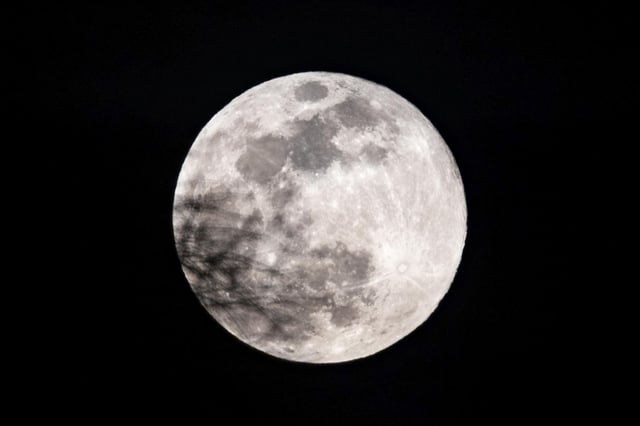Overview
- Peak illumination occurred around 11:47–11:48 p.m. ET on Oct. 6 in the U.S. and at 05:47 a.m. on Oct. 7 in Spain, according to NASA and the IGN.
- The moon appears measurably larger and brighter than average, with reports citing roughly 6–14% larger and about 13–30% brighter near perigee.
- Public viewing requires no telescope, with best results at moonrise or before dawn from dark, unobstructed locations with clear skies.
- Coastal agencies warn of stronger-than-normal tides around the event, with MeteoGalicia forecasting up to a 3.8 meter tidal range in Vigo this week.
- Astronomers caution that the moon’s glare will diminish visibility of the Draconid meteor shower peaking Oct. 8–9, while additional supermoons follow on Nov. 5 and Dec. 4.



